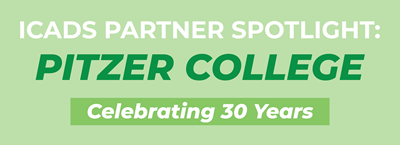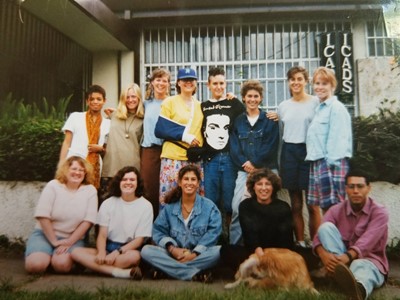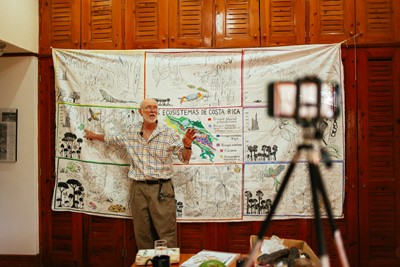By Diane Román
Some days ago, our University of Michigan group visited a Mascarada workshop in Escazú, a community close to San José downtown.
“Mascaradas” are a tradition in Costa Rica. It consists of masks made of paper bigger than a person’s head. Those masks are painted with brilliant colors and put in a structure which looks like a human torso. People dress them and then get inside the mascarada as if it were a costume.
When they are ready, people dance wearing the mask with traditional Costa Rican music which is played by a music group called cimarrona. These mascaradas are very common in local parades. Some have big hands and head, so little kids are afraid of them and scaring the children is part of the tradition.
Also, mascaradas are used to represent local legend characters such as “La muerte” (Grimm) and “el diablo” (the devil) so they are a very important part of Costa Rican culture. We visited Mr. Gerardo Montoya’s workshop. He and his family have been working creating these masks for more than 40 years.
In our visit, Michigan students danced with mascaradas and had the chance to create their own masks designs made out of clay. According to Mr. Moya, this is a way in which people use their imagination and creativity. Our students really enjoyed this activity, and in the end, the best mask creator won a prize: a little mascarada souvenir.


